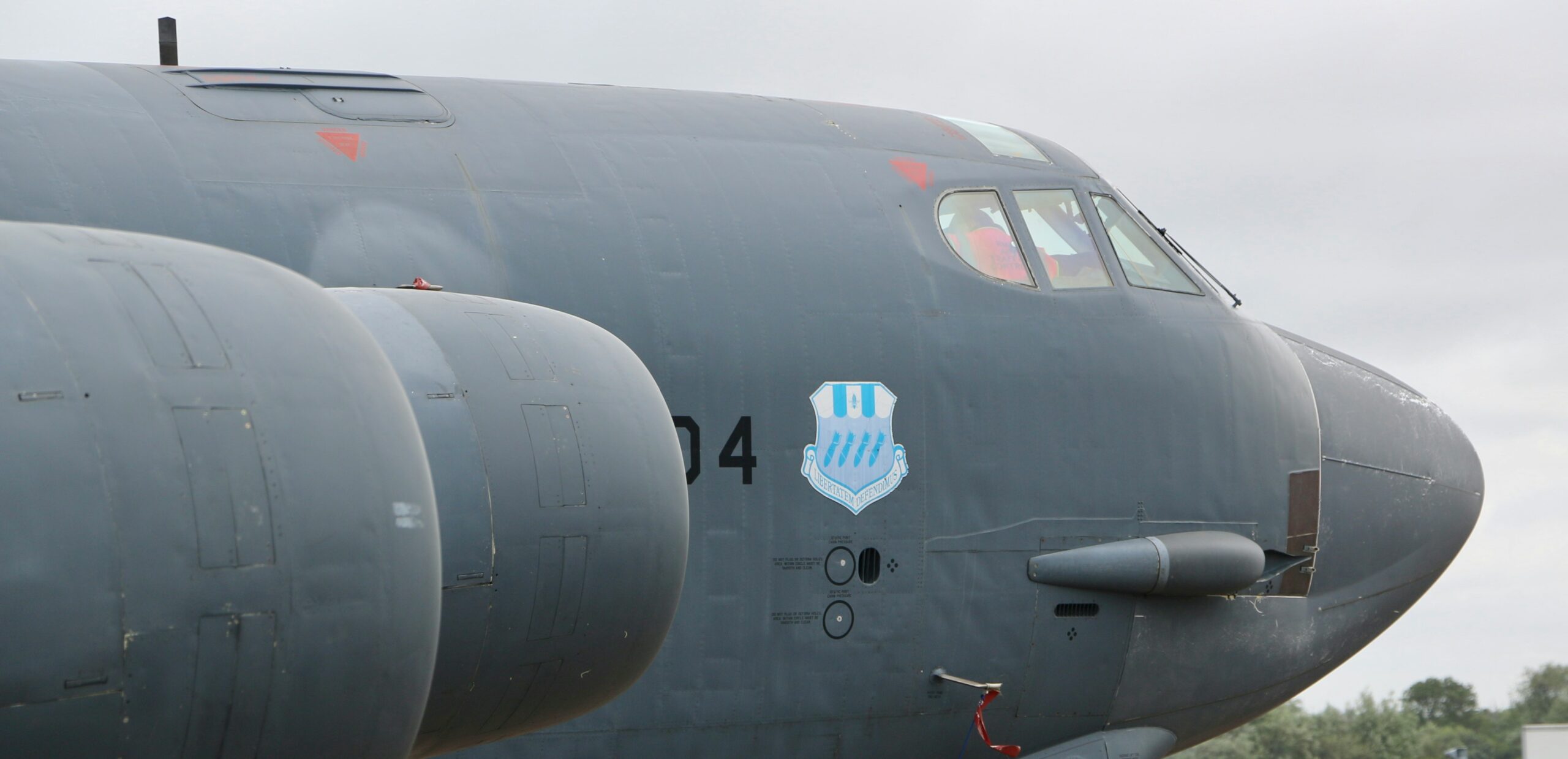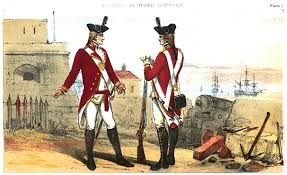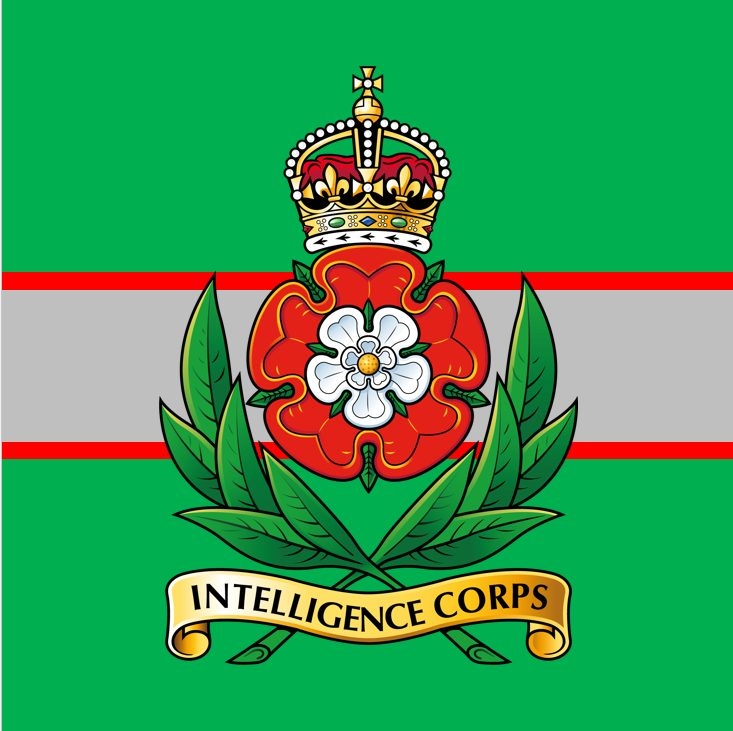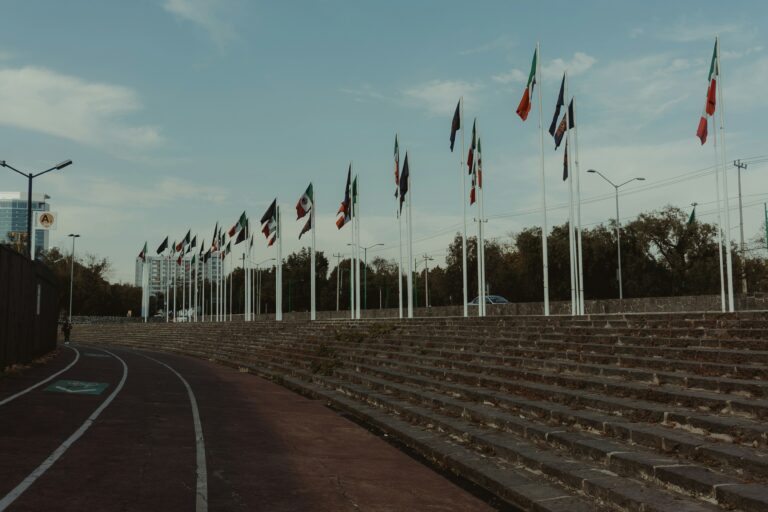Army Air Corps Groundcrew
Introduction
Behind every Apache helicopter flying into combat or Wildcat scanning the coastline lies a skilled team of professionals working behind the scenes to make flight possible. In the British Army, these critical personnel are known as Army Air Corps (AAC) Groundcrew — a highly trained group responsible for the preparation, refuelling, arming, and maintenance support of Army helicopters.
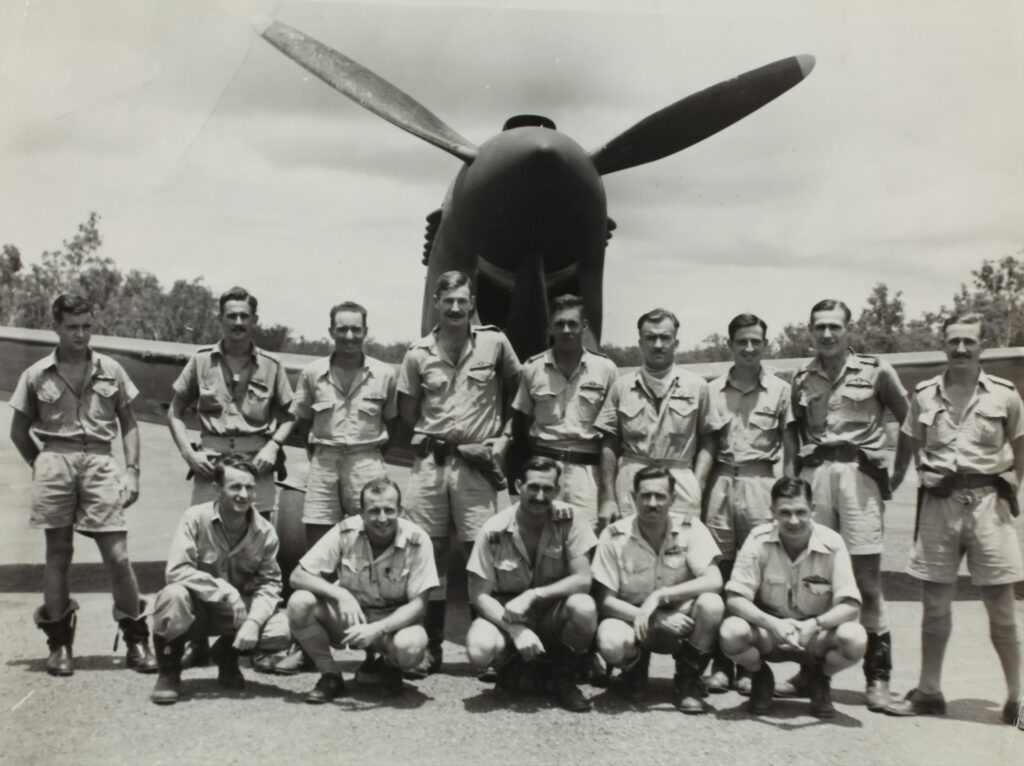
These soldiers ensure the UK’s rotary-wing aircraft are always ready for mission success — whether in battlefield conditions or during peacekeeping and humanitarian operations.
What Is the Army Air Corps Groundcrew?
The Groundcrew of the Army Air Corps (AAC) are soldiers trained to:
- Load and unload passengers or cargo
- Refuel and re-arm aircraft (including rockets and ammunition)
- Marshal and direct aircraft on landing zones
- Secure landing sites in hostile territory
- Carry out basic maintenance checks
- Provide emergency ground support
- Establish and operate Forward Arming and Refuelling Points (FARPs)
They work in close partnership with pilots and technicians, acting as the link between air and ground operations.
Key Roles and Responsibilities
1. Aircraft Marshalling and Landing Site Operations
- Use visual signals to guide helicopters on the ground
- Ensure landing zones are safe and secure
- Mark and clear helicopter pads, both temporary and fixed
- Support nighttime and covert operations using infrared gear
2. Refuelling (Rotors Running and Static)
- Rapid refuelling during ongoing missions
- Set up FARPs in forward operating bases
- Manage fuel safety protocols and explosive risk procedures
3. Arming and Ammunition Handling
- Load 30mm rounds, rockets, and missiles (e.g., Hellfire) on aircraft
- Work with Ammunition Technicians and pilots to ensure safe loading
- Follow strict safety guidelines due to live ordnance
4. Passenger and Cargo Handling
- Load troops, stretchers, or equipment onto aircraft
- Secure internal loads
- Offload at Forward Operating Bases under pressure
5. Security and Tactical Support
- Provide security for air assets
- Act as air sentries during landings in contested zones
- Set up defensive perimeters around helicopters
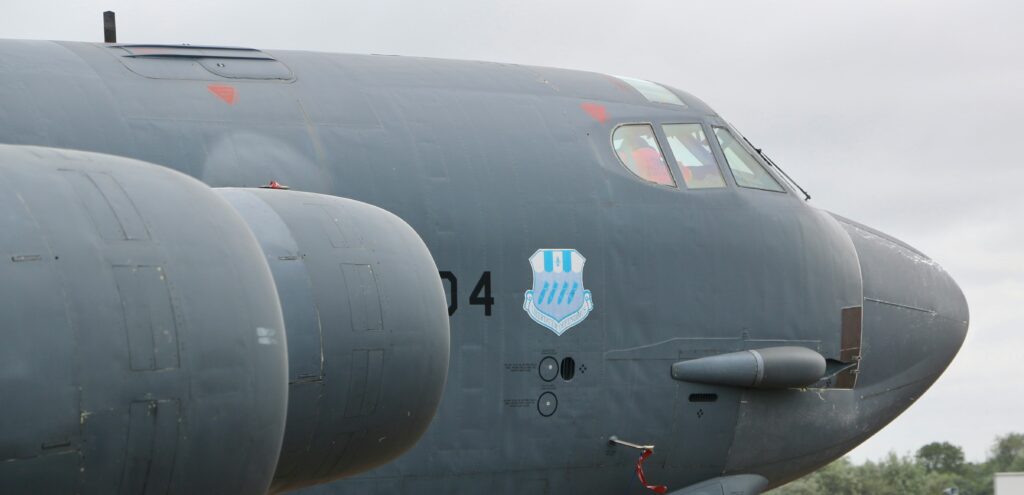
Units and Deployments
The AAC Groundcrew serve within:
- 3 Regiment AAC (supporting Wildcat operations)
- 4 Regiment AAC (Apache helicopters)
- 5 Regiment AAC (UK and Northern Ireland operations)
- 6 Regiment AAC (Reserve)
- Wattisham Flying Station – Main Apache base
- Yeovilton – Wildcat operations
They deploy globally to support:
- Combat missions (Afghanistan, Iraq, Mali)
- Humanitarian relief (e.g. Caribbean hurricanes)
- NATO exercises (Poland, Baltics, Norway)
- Peacekeeping (Cyprus, Bosnia)
Training Pathway
1. Basic Training
- Complete 14 weeks of Phase 1 training as a soldier (e.g., at Catterick, Winchester, or Pirbright)
2. Phase 2 Specialist Training
- Conducted at the School of Army Aviation, Middle Wallop
Training includes:
- Helicopter safety and signals
- Aircraft types (Apache, Wildcat, Gazelle)
- Refuelling systems
- Weapons handling and aircraft arming
- FARP operations
- Loadmaster basics
- Radio communications
- Tactical deployment techniques
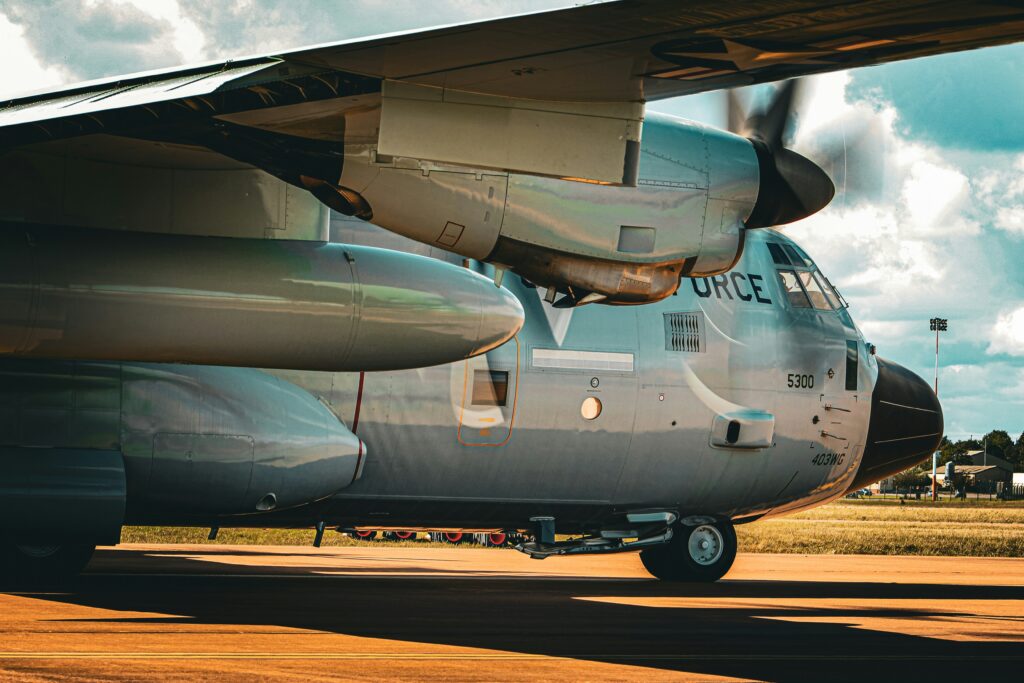
Daily Routine and Life
Groundcrew live and operate at both main airbases and forward field locations, often working long, irregular hours. Typical duties include:
- Prepping aircraft for next sortie
- Conducting routine safety checks
- Operating mobile refuelling trucks
- Setting up temporary helipads
- Working in all weather conditions
The role can be physically demanding and requires extreme attention to detail, especially when working with fuel and munitions under pressure.
Career Progression
| Rank | Role |
|---|---|
| Private | Groundcrew Operator – assists with all loading/refuelling/arming tasks |
| Lance Corporal | Junior supervisor, FARP leader, vehicle commander |
| Corporal | Section commander, responsible for small ground teams |
| Sergeant – Warrant Officer | Flight Sergeant roles, managing multiple teams and operations |
| Commissioned Officer Route | Opportunity to become a Ground Operations Officer or transfer to pilot training |

Working with Pilots and Aircrews
AAC Groundcrew form close operational relationships with pilots and technicians. Their coordination includes:
- Pre-mission briefs
- Real-time communication during landings
- Emergency responses for mechanical or combat incidents
- Mission debriefs and reporting of ground operations
Groundcrew are trusted with the lives of aircrews — their precision ensures aircraft leave and return safely.
Key Skills Required
- Physical stamina and strength
- Ability to work under pressure and in harsh conditions
- Precise attention to detail (for loading/arming tasks)
- Teamwork and communication
- Flexibility — quick thinking and problem-solving
- Tactical awareness and combat readiness
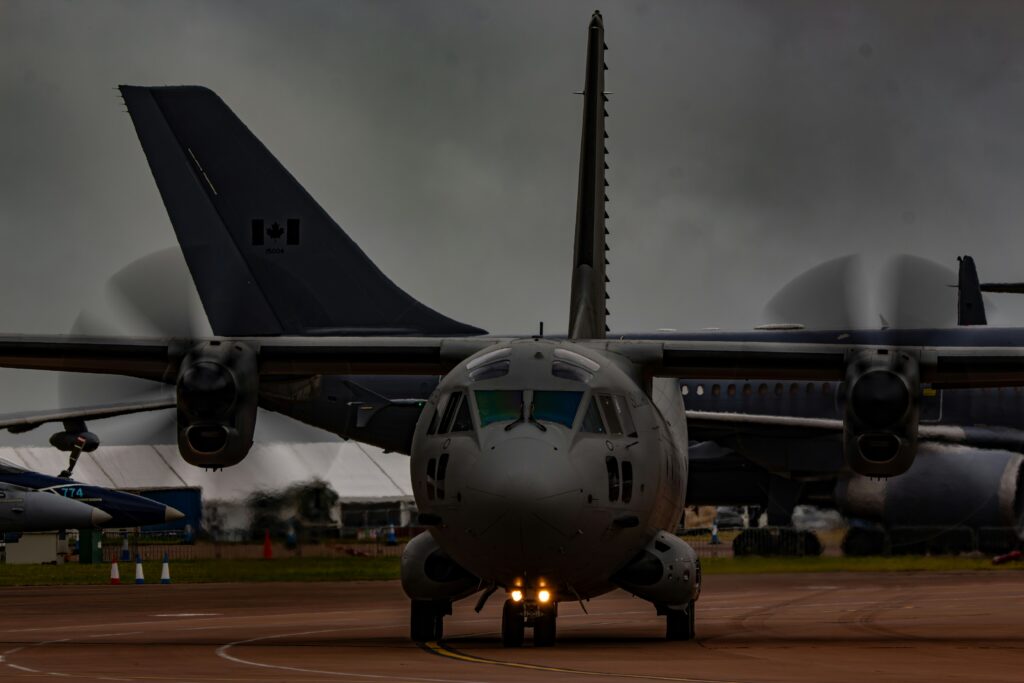
Pay and Benefits
- Initial salary: £21,000+ upon completion of training
- Higher pay when deployed or performing FARP duties
- Specialist allowances (handling fuel, explosives)
- Free food, accommodation, healthcare, and education opportunities
- Support for training in Class 1 and 2 trades, NVQs, and aviation-related qualifications
Civilian Career Options After Service
Former AAC Groundcrew are well-suited for:
- Airport ground operations
- Helicopter loadmasters (commercial/private aviation)
- Emergency air services (e.g. Air Ambulance support)
- Aircraft refuelling technician roles
- Helicopter logistics companies
- Offshore rig aviation support (e.g. oil & gas platforms)
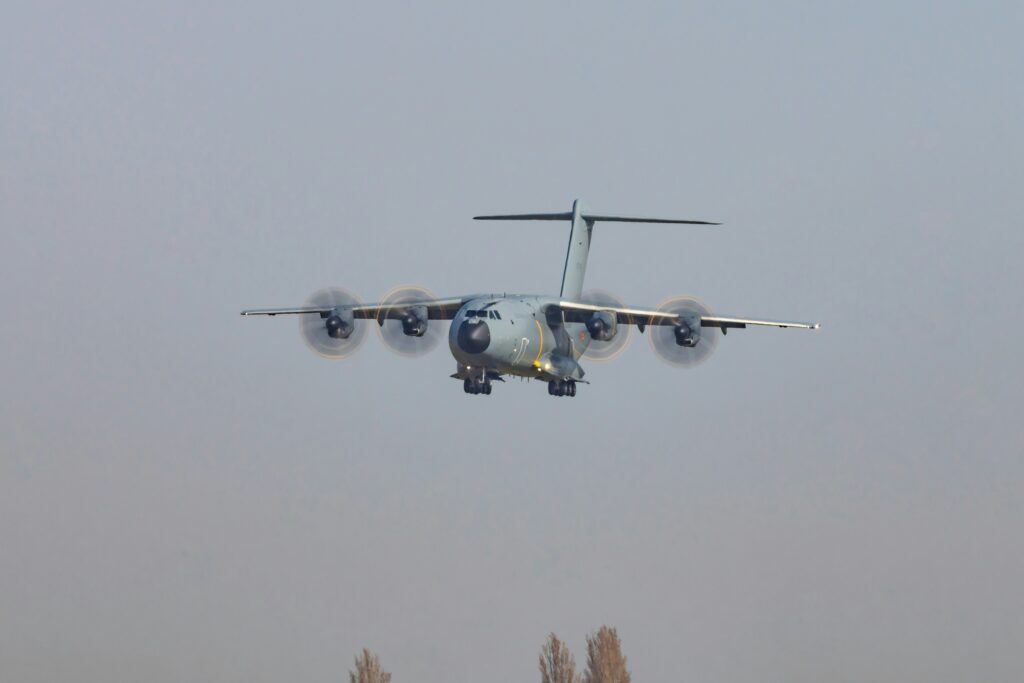
Real-World Examples
- Operation Herrick (Afghanistan) – Groundcrew supported Apache Close Air Support missions in Helmand
- Exercise Trident Juncture – Cold-weather helicopter ops in Norway
- Operation Ruman – Provided aviation support in hurricane-hit Caribbean regions
- NATO Exercises – Deployed to Poland and Estonia, managing FARPs in combat simulations
Conclusion
Army Air Corps Groundcrew may not fly the aircraft, but without them, no helicopter would get off the ground. These elite soldiers make the impossible possible — by fuelling, loading, protecting, and prepping aircraft under any condition, in any location.
Their precision, toughness, and dedication allow pilots to soar — and missions to succeed.
